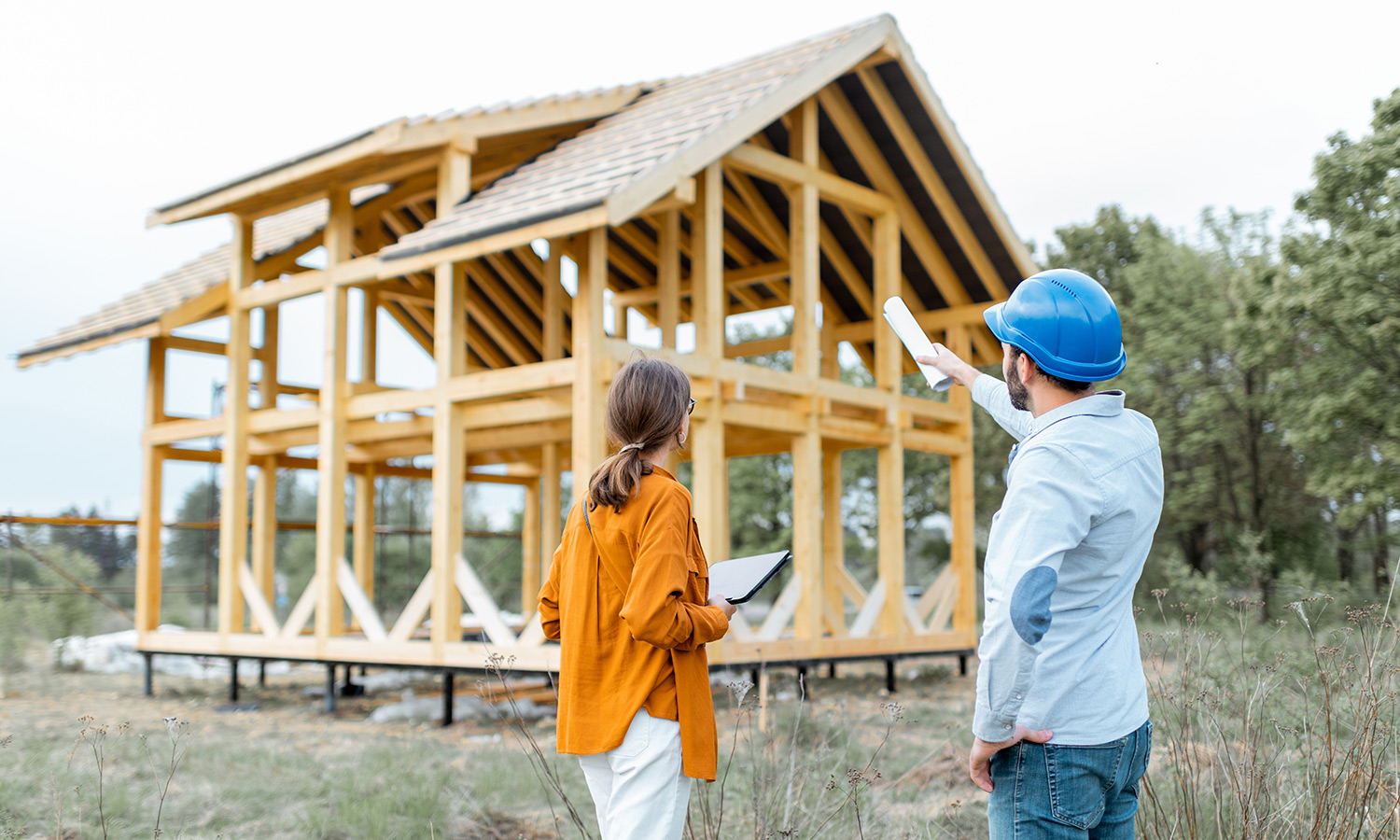On this page:
How to prevent this
When choosing a builder or trade, check that they have a history of delivering on the standard of work that you want. Look at their past projects, check reviews and confirm if they are members of industry associations as these can be measures of their reputation. Always remember to check their registration and find out if they have disciplinary history through the BPC Find a practitioner page. See Finding a practitioner and getting quotes.
Ensure that levels and standards of work required are detailed in the contract, plans and variations. Keep notes of conversations and confirm details of changes with the builder in writing. See Agreements and contracts.
Inspect the work regularly to pick up on any quality issues early and raise these with your builder. Make sure major defects are fixed and the work has been completed in line with the plans and specifications set out in the building contract. See Communicating with your builder.
Hire an independent professional such as an architect or building consultant to inspect for defects and unfinished work before the occupancy permit or certificate of final inspection is issued. They have the technical expertise to monitor and report that standards are being met during construction.
See Roles and responsibilities to understand the types of professionals that may be involved in your project.
About defects
A defect is work that breaches a contract term. This may include failing to meet a standard or quality specified in the contract, or breaching an implied warranty. For example, the builder installs cheaper fibreglass insulation in the roof when you specified in that contract that you wanted mineral wool type.
Implied warranties and consumer guarantees are rights that cover you against issues such as poor workmanship. They apply automatically, even if you don’t have a formal contract. For more information read Implied warranties and domestic building insurance - checklist.
The BPC Guide to Standards and Tolerances describes the acceptable standards of workmanship in domestic building construction that aren’t covered by the minimum standards in the law or specified in a contract. It can help to determine if something is defective.
Defects are not covered by the minimum standards in the building laws. These standards fall under compliance. To understand the difference between a defect and a non-compliance, see Unhappy with the standard, quality, or finish.
What you can do
Always talk to your builder and give them an opportunity to fix the issue before lodging a formal complaint or dispute. See Resolve disputes to understand the process for resolving disputes.
If the issue is a defect, then this could be a breach of the building contract, and you may be eligible for the Building and Plumbing Commission (BPC) Dispute Resolution services. They provide free conciliation services for owners and builders in domestic building disputes. If you are unable to resolve your dispute with them, BPC Dispute Resolution have the power to issue legally binding dispute resolution orders and certificates. Check that you are eligible for this service at Is our service right for you?
If you are ineligible for BPC Dispute Resolution, or if your issue could not be resolved and you have received a certificate of conciliation from them, you can make an application to the Victorian Civil and Administrative Tribunal (VCAT). You can also contact Consumer Affairs Victoria’s (CAV) Building Information Line at 1300 55 75 59 for free advice. Consider getting independent legal advice.
You may also have rights under consumer guarantees to have the problem fixed or seek a partial refund. Read Problem with a service for more information.
A report from a technical expert such as an architect, building consultant or designer may be useful for supporting your claim if you lodge a formal dispute.
Read more:
Tools and links
Page last updated: 02/07/25
